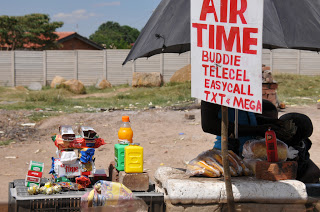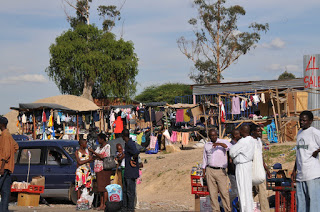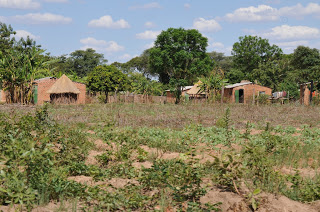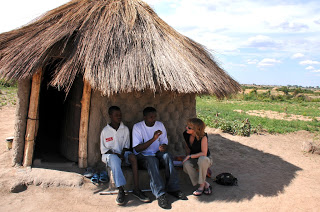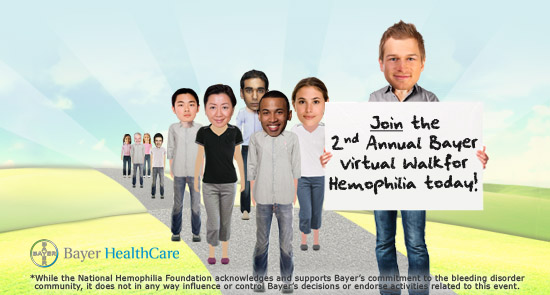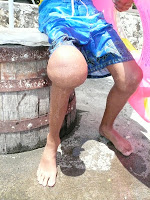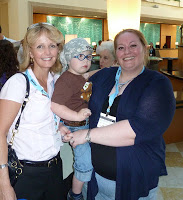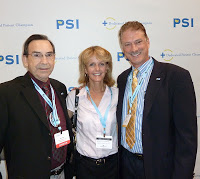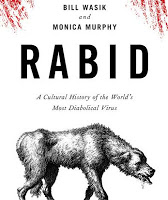Zimbabwe Rising
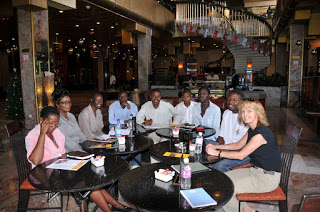
Today, Sunday December 2, we had a meeting of the Zimbabwe Haemophilia Association (ZHA) at my hotel, the Rainbow Towers in downtown Harare. The committee members quietly presented a still grim picture of life with hemophilia: Zimbabwe is totally dependent on factor donations, and in the past year ten patients died from lack of clotting factor. Unemployment still hovers are 80% and most of the men with hemophilia cannot get jobs. With a show of hands, five of the eight at the meeting were not presently employed. There is only one hematologist in the entire country, in Harare. One. And she’s Cuban. Seriously, God bless the Cubans for sending their doctors out in the world as part of their public health policy.
Just 20 minutes outside the electrifying energy in Harare, a subtler tragedy emerges. We drive past roadside shops and trading centers, colorful and crude. Here, vendors hawk the items they purchased in South Africa to sell to pedestrians; and so many in Zimbabwe seem to walk everywhere. On the outskirts of the capital, the highway eventually stretches before us as we pass “Goat’s Place,” a sad, miles long cemetery, simple and rural, dotted with grey headstones, so nicknamed because next to it is the market where goats are sold. Roads taper down to dirt roads on our quest to find George, a 20-year-old with hemophilia. The sky, so unnoticed in the sensory overload of Harare, becomes startling large and piercing blue with puffy clouds, like an anesthetic beckoning to look up and not down at the suffering.
We stop briefly and in hops a smartly-dressed lady and her daughter: this is Judith, George’s sister, who will show us the way. George doesn’t have an actual address. As we turn down another dirt road, Simba points out the distant city ahead, Chitungwaiza. As I struggle with the Shona language pronunciations, he tells me “Chi Town” will do nicely. It reminds me of the scene from “The Mummy” when the adventurers first spy the far off city of Hamunaptra, where their fate awaits. Like military ramparts, large hills of dazzling rocks both distract from and guard the city. I have a sudden urge to put on my rock climbing gear.

A sharp left and we rattle down an uneven dusty road, our driver Andrew taking care not to damage his car. We park and hop out. It’s hot. The dirt crunches beneath our feet and I realize we’re stepping on dehydrated maize. Despite being the rainy season, the ground is thick and hard, cracked and muted. The maize is either ankle high when it should be thigh-high, or it’s nothing, dead before it could even sprout. I feel like I am on the edge of the Sahara; how did the topography change so drastically so quickly?
George is smiling, displaying a gorgeous, perfect set of teeth, like most Zimbabweans. But he gets shy, and almost embarrassed. Perhaps because of our age differences, or that I am an American come to visit him. Simba’s comfortable style puts him at ease. We interview George to learn more.
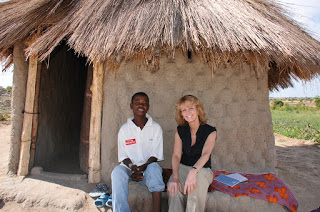
He lives in these two tiny, mud dwellings with his 17-year-old brother Simba. One is for cooking only. The other, which cannot be more than eight feet in diameter, is for sleeping. His parents are dead. He has four other brothers and two sisters. His sister Judith, the one who came with us, oversees his care. But she lives four kilometers from him. How does he get by? He farms a little, seemingly impossible given the state of his leg. He simply cannot walk without a crutch and barely can walk with one. A nearby well supplies water; there is no electricity. (Try to imagine life with hemophilia, without any electricity. Just try)
George is solemn as he shares. This is a young man who has suffered. Loss, pain, deprivation and uncertainty about a future.

What does he do when he has a bleed? He must hobble to his sister’s place, four kilometers away. As if that wasn’t bad enough, he must cross a footbridge. The bridge is in ghastly disrepair. Originally the land was owned by a white farmer, as much of the land in “Rhodesia” used to be. Independence came for black Zimbabwe in 1980, when Mugabe came to power. In 2001, during the very week I was there, Mugabe decided that there would be land “reform.” Black citizens could now reclaim their lands from white farmers, even those who had legally held family farms for 100 years and had provided the agricultural revenue that earned Zimbabwe “the breadbasket of Africa.” The guy who owned this land I stood on was one of them, and he was not happy. Before he abandoned his land to the black citizens who came to claim it, he left a little present behind. He bombed the stone footbridge. George now has to navigate this treacherous passing each time he has a bleed.
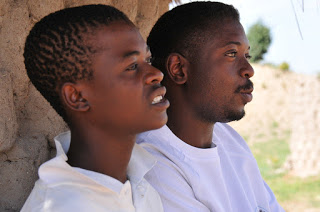
The family hopes to get George started in some business, maybe selling chickens. Poultry sells well in Zim, and it wouldn’t require the manual labor that farming does.
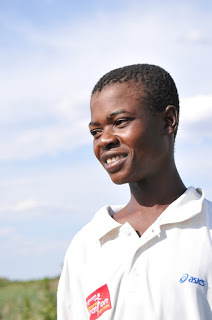
Yet there’s a touching ending to the day: I hand George $100, a fortune, and a gift from Cindy of Hawaii. Cindy volunteered her honorarium in one of our market research studies, to give “to someone in need.” It’s nice to know a young mom of a child with hemophilia in Hawaii can impact a young man who is almost in solitary confinement half way around the world, in a rural village in Zimbabwe.

